This article explores the importance of minimal processing techniques for preserving the quality, safety, and nutritional value of fresh fruits, vegetables, and juices. It highlights how consumer demand for healthier, fresh-tasting foods has driven innovations in food processing, such as high-pressure processing, pulsed electric fields, and modified atmosphere packaging. By maintaining optimal conditions, these technologies help extend shelf life, reduce microbial contamination, and retain the sensory attributes of food. The article also discusses the growing market for minimally processed ready-to-eat meals and the role of advanced packaging in ensuring food safety and quality.
1. Minimal Fresh Processing of Fresh Vegetables, Fruits, and Juices
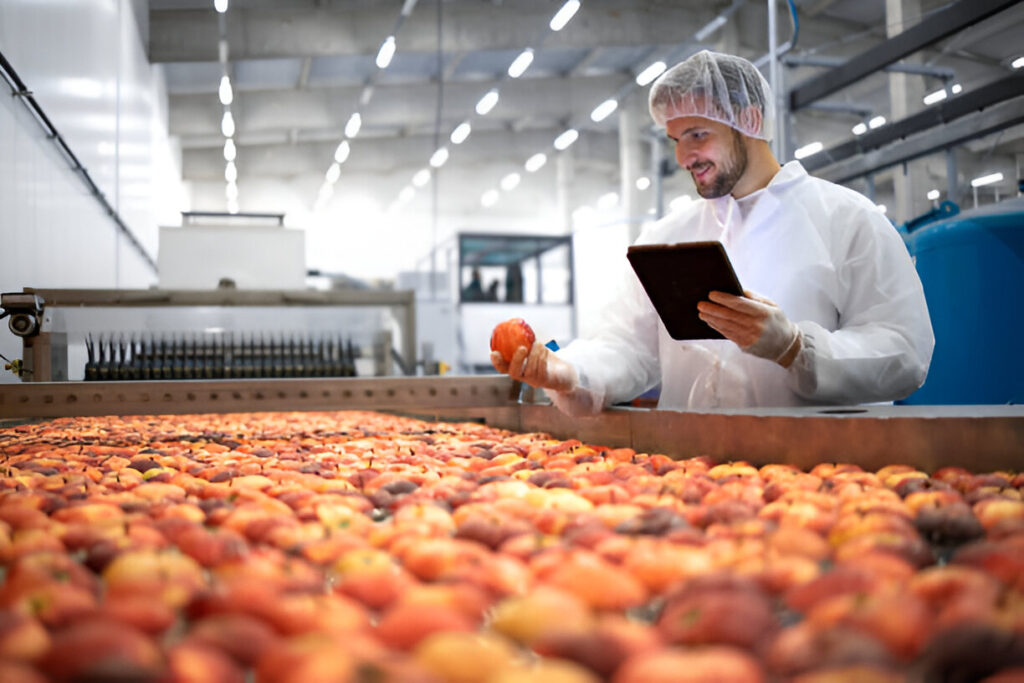
1.1 Introduction
Fresh fruits and vegetables are major part of balanced and healthy diet worldwide. Consumers prefer fresh food to be healthier rather than processed food. Consumers’ preference leads to innovation in the minimal fresh processing of vegetables, fruits, and juices.
Minimal processing maintains products’ texture and nutritional status. Advanced technologies like ozone treatment, modified atmosphere, and non-thermal processing like UV radiation extend shelf life. This results in reduced microbial contamination in food that is fresh and safe for consumption.
Consumers are health conscious about their diet, so minimal processing delivers quality products and reduces energy consumption and waste. The food industry has been adopting these technologies to provide fresh-cut fruits and vegetables to consumers.
1.2 Factors and Processes Influencing the Quality of Minimally Processed Plant Foods
Minimal food processing is convenient, nutritional, high-quality, and has an extended shelf life. However, several factors and process operations affect its quality. Process operations that influence the quality of minimally processed foods can be:
(i.) Raw material
High-quality raw materials like fruits and vegetables are selected by reviewing their size, shape, and ripeness factors. Any defected item should be removed. The source of raw materials should be received from reputable suppliers who deliver products grown with good agriculture practices and low contamination.
(ii.) Harvesting and post-harvesting practices
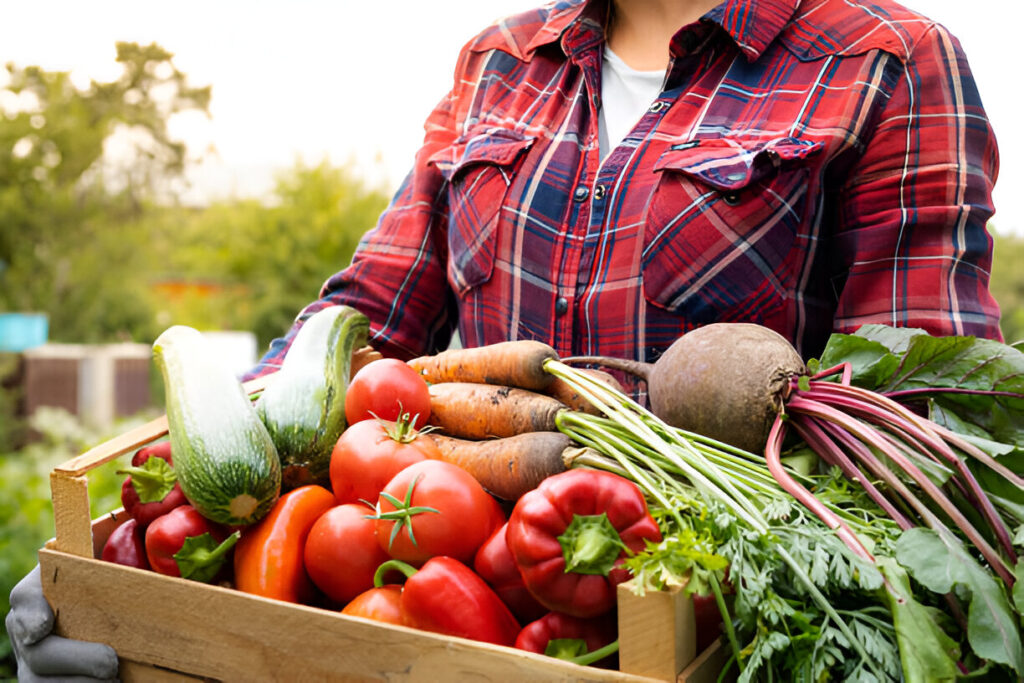
Raw material should be harvested at the correct maturity level. Then, it is handled to decrease the damage and bruises in fruits and vegetables. After that, food is treated with cool temperatures or chemicals that slow respiration and ripen growth.
(iii.) Sanitation and cutting
Raw material food items should be sanitized, washed, and cut with sharp blades or knives to avoid browning.
(iv.) Packaging
Suitable packaging material to protect the food item that will maintain its shelf life. Gases like nitrogen and carbon dioxide slow down the ripening and microbial growth. Factors affecting the quality of minimally processed plant food:
Factors affecting quality of F & V:
(v.) Temperature
Maintaining a specific temperature from production to distribution is essential. An accurate temperature environment ensures a longer shelf life and retains freshness for a long time. The ideal temperature for most fruits is 0°C to 5°C.
(vi.) Atmosphere conditions
Providing a specific oxygen, carbon dioxide, and nitrogen level during packaging slows down respiration and delays spoilage.
(vii.) Enzymatic activity
Enzymes in food undergo reactions to cause spoilage. So enzymes are inactivated by natural inhibitors or pH changes by adding natural acids.
(viii.) Oxidation
Fruits and vegetables deteriorate due to oxidation. To limit oxidation, antioxidants are added, and oxygen-impermeable packaging is used.
1.3 Emerging Technologies for Preserving Minimally Processed Foods
The food industries have a big challenge maintaining the microbial and sensory quality of minimally processed products to provide consumers with fresh, safe, high-quality fruits and vegetables. Because minimally processed products have a higher chance of spoilage, which may result in quality degradation. Various technologies have been developed to address these difficulties and preserve food safety and sensory attributes. Some of the significant technologies are the following:
1.3.1 High-Pressure Processing (HPP):
High-pressure processing is the process of inducing high pressure in food, which leads to evaporation for rapid cooling and preservation. It inactivates microbial pathogens and spoilage organisms. It helps to process the food without obtaining high temperatures.
1.3.2 Pulsed Electric Fields (PEF):
Pulsed electric fields (PEF) are a highly effective method for microbial inactivation. PEF technology uses short bursts of high voltage to create pores in microbial cell membranes, which leads to cell death. This method has a minimal impact on taste, color, and nutritional value.
1.3.3 Ultraviolet Light (UV-L):
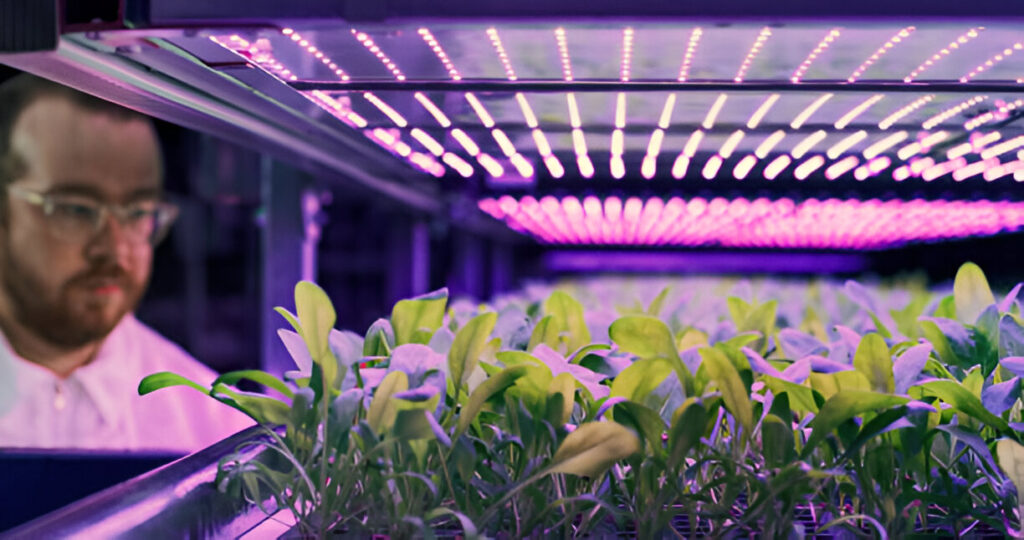
Ultraviolet light is used to inactivate microorganisms on the surface of fruits and vegetables. Due to its non-thermal properties, UV light leaves no residue on the surface. It can also be used for surface treatment to reduce the microbial load.
1.3.4 Nano-Encapsulation:
Nanoencapsulation is a biotechnological process that involves encapsulating bioactive compounds to enhance their stability. It plays a significant role in minimal food processing because it improves the efficiency of the bioactive compounds with minimal impact on their sensory qualities.
1.4 Technologies for Preserving Fresh Juices
To meet consumers’ demands for fresh, nutritious, and safe fruit juices, the food industry continually develops technologies to enhance the microbial and sensory quality of minimally processed products. These are designed technologies to maintain the fruits’ natural flavors, colors, and nutrients during processing. They ensure long shelf life and safety and help preserve the nutritional profile of the juices.
Pulsed electric fields (PEF) technology facilitates food processing. This technology applies short bursts of high voltage to kill microorganisms with minimal impact on taste and color. Ultraviolet (UV) light inactivates microorganisms by damaging their DNA while maintaining the juice quality.
2. Minimal Processing of Ready to Eat Meals
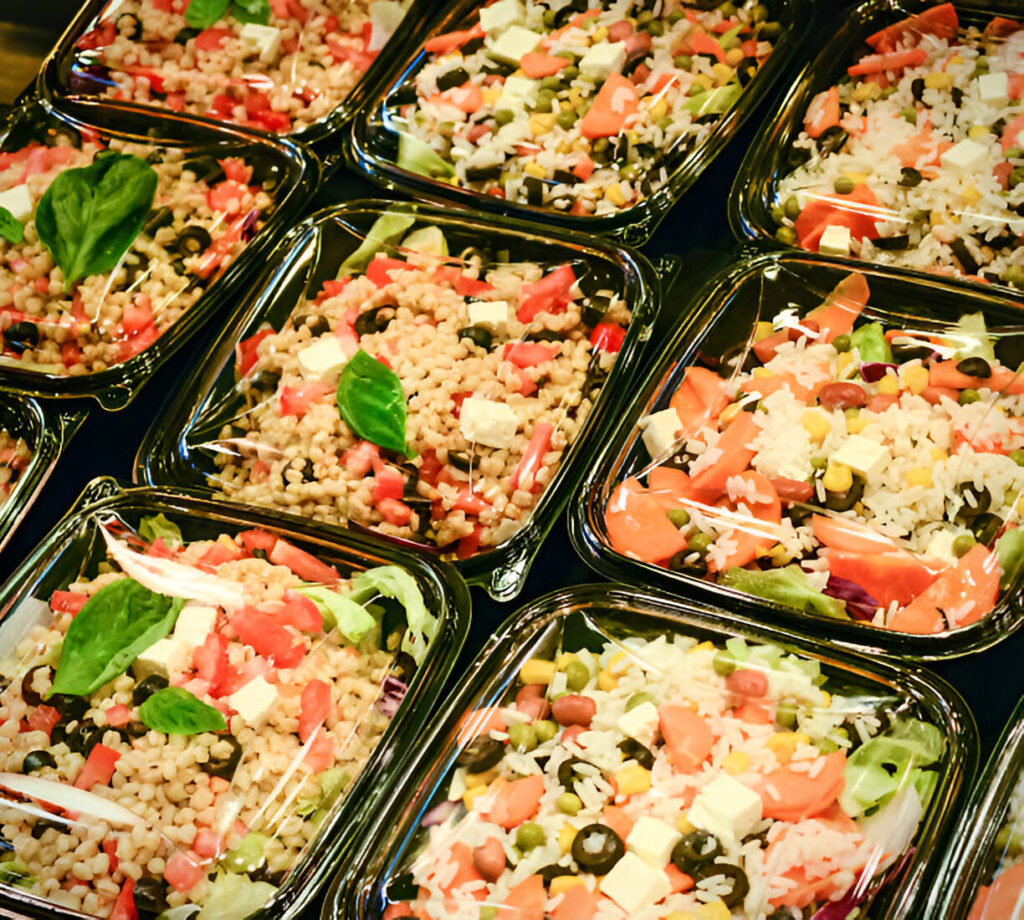
2.1 Introduction
The food industry’s technology for making minimally processed ready-to-eat meals is growing. But how can minimally processed ready-to-eat foods play a role in a healthier diet with convenience?
Minimal processing preserves the nutrients, making food accessible and quick to prepare. This ready-to-eat food has reduced additives, retained nutrients, and a long shelf life, making it a healthier choice for consumers.
2.2 Design of the Total System
Design of a total system to process ready-to-eat meals involves many steps:
(i.) Selecting ingredients
Select high-quality and fresh ingredients; they need to be processed minimally. This ensures alignment with simplicity and transparency with consumer demands.
(ii.) Handling
Wash and sanitize the ingredients for a microbial-free end product. After cutting with accurate equipment, the ingredients are portioned for taste and nutritional consistency.
(iii.) Processing
We process the food using high-pressure and sous-vide methods. We also process it in batches for better handling.
(iv.) Packaging
We select packaging material to protect the food from microbes, moisture, and light, and we should recycle it. MAP modified atmosphere packaging with proper sealing and labeling to complete the system design.
2.3 Cook Chill
We design the cook chill system to prepare ready-to-eat meals. This process involves cooking food and then rapidly chilling it, then stored at an optimal controlled temperature or refrigerated. The cook chill system provides flexibility and management to caterers and the industry. We reheat food to serve it. It aids in providing quick services without compromising quality.
2.4 Cook Freeze
It is another method of food preservation and processing of minimally processed foods. In this process, we fully cook food, rapidly freeze or blast chill it, and then store it in the freezer. Rapid freezing produces fine-sized ice crystals that maintain the texture and quality of food. We store food at -18°C to stop microbial growth and enzymatic reactions. This cooked-freeze food is ready to reheat and serve with convenience.
2.5 Sous Vide

The French term ‘sous vide’ refers to a cooking method where chefs place food in a vacuum bag and cook it in a cold water bath at a controlled temperature for the optimal time. We use this process to prepare ready-to-eat meals because it preserves the quality, nutrients, and textures. Water bath temperature ranges from 55°C to 85°C and varies with the food species.
After sous vide, chefs grill, sear, or sauté the food to change its color and texture. Restaurants, catering services, and business meal preparations widely use it. The temperature for red meat is 55°C to 60°C and for vegetables and poultry is 66°C to 71°C. Ensure the product cooks evenly from the inside without overcooking the outside and retains moisture.
2.6 Noven & Alternative Processing Options
You can use various alternative processing methods for minimal processing, including high-pressure processing, pulsed electric fields, UV light treatment, gamma radiation, ozone treatments, microwave heating, pulsed light technology, and enzymatic inactivation.
These methods ensure the quality of the product and retain the nutritional profile, texture, and flavor of food.
3. Modified Atmosphere Packaging for Minimally Processed Foods
3.1 Introduction
We use modified atmosphere packaging worldwide to extend the shelf life of minimally processed food. Modify the packaging atmosphere by removing air and adding gases like nitrogen and carbon dioxide to slow down enzymatic reactions and inhibit microbial growth.
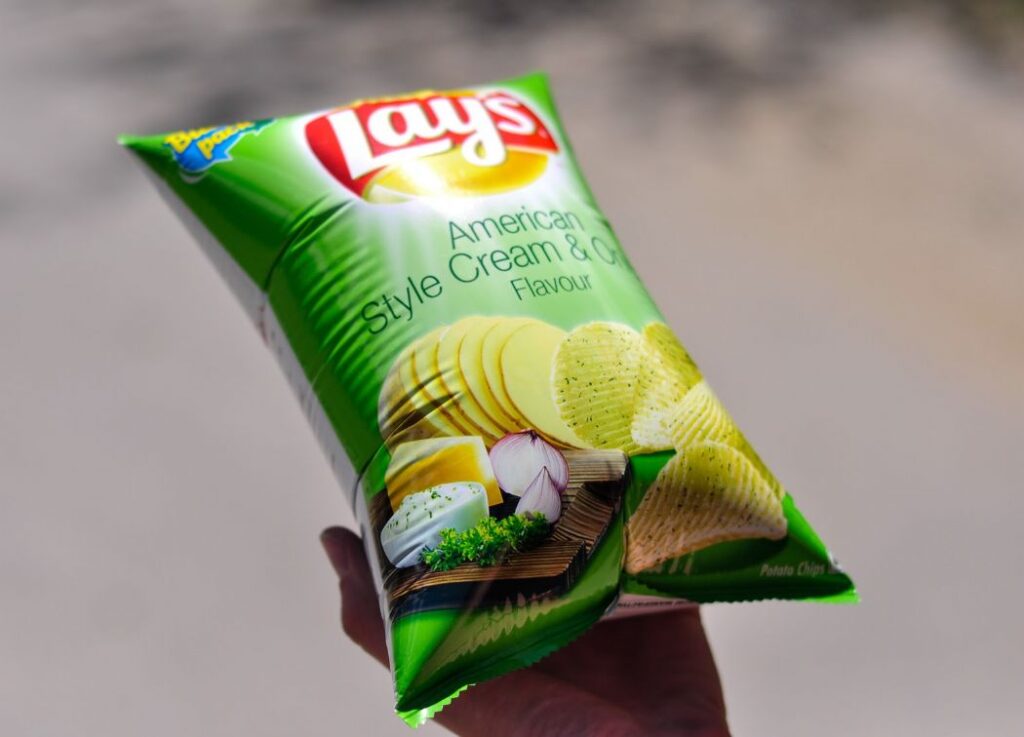
3.2 Properties of Packaged Food
MAP minimizes the oxygen in packaging, which inhibits the growth of anaerobic bacteria and mold.
Modified atmosphere packaging balances the gas composition and reduces the oxidation that leads to food spoilage. Controlled atmospheres inhibit the enzymatic reactions that cause browning and texture changes in fruits and vegetables. Packaged foods have extended shelf life, achieved by the gas barriers and thermal and morphological optical properties.
Packaged foods usually require less preparation. These convenient foods transport, store, and prepare easily. Package foods in portioned serving sizes to help consumers adhere to their portion diet. Process this food according to regulations and safety standards to ensure its safety for consumption.
Packaging has labeling printed on it that helps consumers read the ingredients and allergens they want to consume or not. Few packaged foods are fortified with minerals, vitamins, and additional nutrients that play functional roles in the body and help prevent dietary deficiency.
3.3 Properties of Packaging Material
Select packaging material according to product requirements. Packaging material should be firm so as not to break when filling the food. It should be easy to transport and store. The material should protect the food from physical damage, moisture, light, and oxygen. Packaging materials have gas barriers to protect the food from moisture, oxygen, and odor and retain freshness.
The material should be cost-effective so it doesn’t disturb the profit value of the product. Packaging should be appealing according to the market to attract customers. Make and use it according to regulatory compliance and safety standards.
3.4 Modified Atmospheric Package Design
Consider the following factors when designing MAP-modified atmosphere packaging:
- MAP packaging contains primary gases such as nitrogen, oxygen, and carbon dioxide. The optimal composition varies with foods and their properties. The process minimizes oxygen levels to reduce oxidation and prevent spoilage.
- Packaging is permeable to gases to achieve the required atmosphere to maintain the food quality.
- Each food has a different respiration rate that depends on how it consumes CO2 and oxygen. Packaging should have optimal gas levels.
- Designers create modified atmosphere packaging to inhibit microbial growth and ensure food safety.
- It must adhere to regulations and standards to ensure food safety is not compromised.
4. Conclusion
Consumers demand food with fresh texture, flavor, and nutrients, so industries minimally process fruits and vegetables. Set optimal conditions to achieve desired food quality and sensory characteristics, as many factors affect them. Emerging technologies such as HPP (high-pressure processing), pulsed electric field, and UV radiation aid in maintaining the quality and sensory attributes of food. Minimally process ready-to-eat meals, then reheat and serve without further preparation. Industries use Modified atmosphere packaging as high-quality packaging. Click here to learn more about the food and food related information and news.

